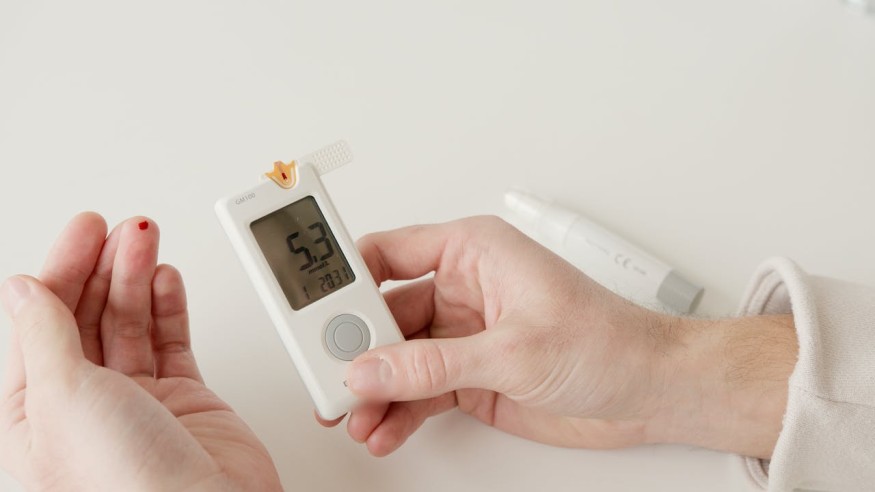Continuous and non-invasive glucose monitoring is one of the most important components of disease diagnosis, treatment, and management. However, glucose monitoring still poses a technical difficulty due to the lack of tissue-transparent glucose sensors.

Challenges in Using Biosensors
Monitoring blood glucose levels is usually carried out using electrochemical sensors, particularly glucose oxidase (GOx)--based biosensors. These sensing devices work by transducing the biochemical events to electrical signals.
There are several different types of biosensors currently available. At its core, this device observes a specific reaction and quantifies it using a biological marker. For example, cell surface receptors, antibodies, and enzymes are usually used to measure the analyte amount in a given sample.
To be effective, biosensors must meet certain criteria, such as stability with little variation for a specific experiment and accuracy and precision in providing data. Biosensors must also be precise so the researcher can know the measured parameters.
Despite their effectiveness, these sensors produce toxic hydrogen peroxide as a byproduct. They also require inconvenient electrical components and batteries, which complicate the development of continuous, implantable monitoring devices.
As an alternative approach, experts use single-wall carbon nanotubes (SWCNTs), which emit near-infrared fluorescence when excited light. This penetrates tissue and can be captured by non-invasive bioimaging techniques. However, integrating GOx with SWCNTs to create nanosensors remains challenging since the GOx molecules are deactivated by sonication.
READ ALSO : Nanomaterial for Better Insulin Effects; New Approach to Effectively Treat Type 1 & 2 Diabetes
Tissue-Integrated Nanosensor
A recent advancement by experts from the University of California, Berkeley, introduces a groundbreaking approach to glucose monitoring. They have innovated a fluorescent nanosensor that combines SWCNTs with an inactive form of GOx without using batteries. Their study is discussed in the paper "Engineered Glucose Oxidase-Carbon Nanotube Conjugates for Tissue-Translatable Glucose Nanosensors."
Through sonication, the researchers synthesized GOx-loaded SWCNT sensors, enabling them to measure glucose levels in serum, plasma, and mouse brain slices with reliability, sensitivity, and selectivity.
The groundbreaking design enables reversible, continuous, and non-invasive bioimaging of glucose levels in body tissues and fluids. Such an approach overturns the belief that GOx-based sensors need active GOx for effective glucose sensing. Through sonication, the research team also produced GOx-loaded SWCNT sensors, which can accurately and selectively detect glucose in different mediums like plasma, serum, and even mouse brain tissue.
Experts attributed this finding to the ability of inactive GOx enzymes to bind glucose without converting it. Binding in itself is sufficient in modulating the fluorescent signal. To be completely independent of GOx activity, the team also constructed a GOx enzyme that lacked the reactive glucose conversion group.
The capacity of the inactive GOx enzyme to bind glucose without converting it explained the unexpected discovery. The modulation of fluorescent signals just required binding.
The team pointed out the significant benefits linked with dormant GOx molecules. For example, sonication is an efficient preparatory step that simplifies the production process of GOx-SWCNT nanosensors. The readings are not only intrinsically reversible, but the enzyme process does not consume the analyte. Additionally, it allows non-invasive continuous glucose monitoring in tissue fluids without harmful byproducts.
RELATED ARTICLE : New Smartphone App Helps Diabetics Track Blood-Sugar Levels
Check out more news and information on Glucose in Science Times.
© 2025 ScienceTimes.com All rights reserved. Do not reproduce without permission. The window to the world of Science Times.












